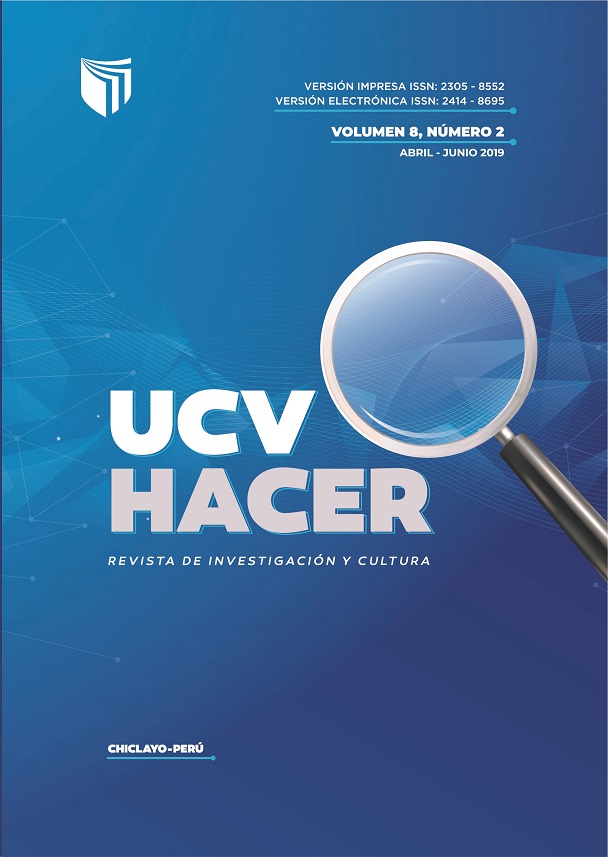Technify and conserve the bioactive components of Pashul (Erythrina edulis) for human consumption
DOI:
https://doi.org/10.18050/RevUCVHACER.v8n2a1Keywords:
Pashul, Pajuro, Photochemical, Bioactive components, Anti-nutrientsAbstract
The Pashul is a fruit with the nutritional potential to strengthen human health, the technological impulse is to achieve pleasant products of easy acceptance. In the methodological contributions we have: The theory that contributes with the nutritional benefits through culinary preparations such as: soups, stew, drink, punch, mashed milk, confit, fried chips, cakes, pies, breads, cookies and others. We appreciate the consumption of Pashul as a food alternative. Our objective is "To promote the valuation and use of pashul, taking advantage of its bioactive components and applying technology for human consumption". The method was applied to eliminate the anti nutrients through the process of steam cooking or under thermal pressure and the process for the production of precooked flour. These precooked products can be used in any culinary recipe. To determine the acceptability of the product, the sensory test was applied to a sample of 126 students, who were able to analyze the information using the Friedman test, obtaining the following result: Low level of rejection due to the characteristics of the product, however, the acceptance of the Indicators is average, higher than the rejection level. Finally it is concluded in: Isolation of the anti nutrients, making the most of the bioactive components of the Pashul. The valuation and use of Pashul in the food industry was promoted by applying adequate technology for its conservation. Friedman's essay shows that not all averages are the same, contests the null presumption and admits the optional presumption, it also presents a significant difference in the indicators, assuring the acceptability of the consumption of products derived from Pashul.
Downloads
Published
How to Cite
Issue
Section
License

This work is licensed under a Creative Commons Attribution-NonCommercial 4.0 International License.










